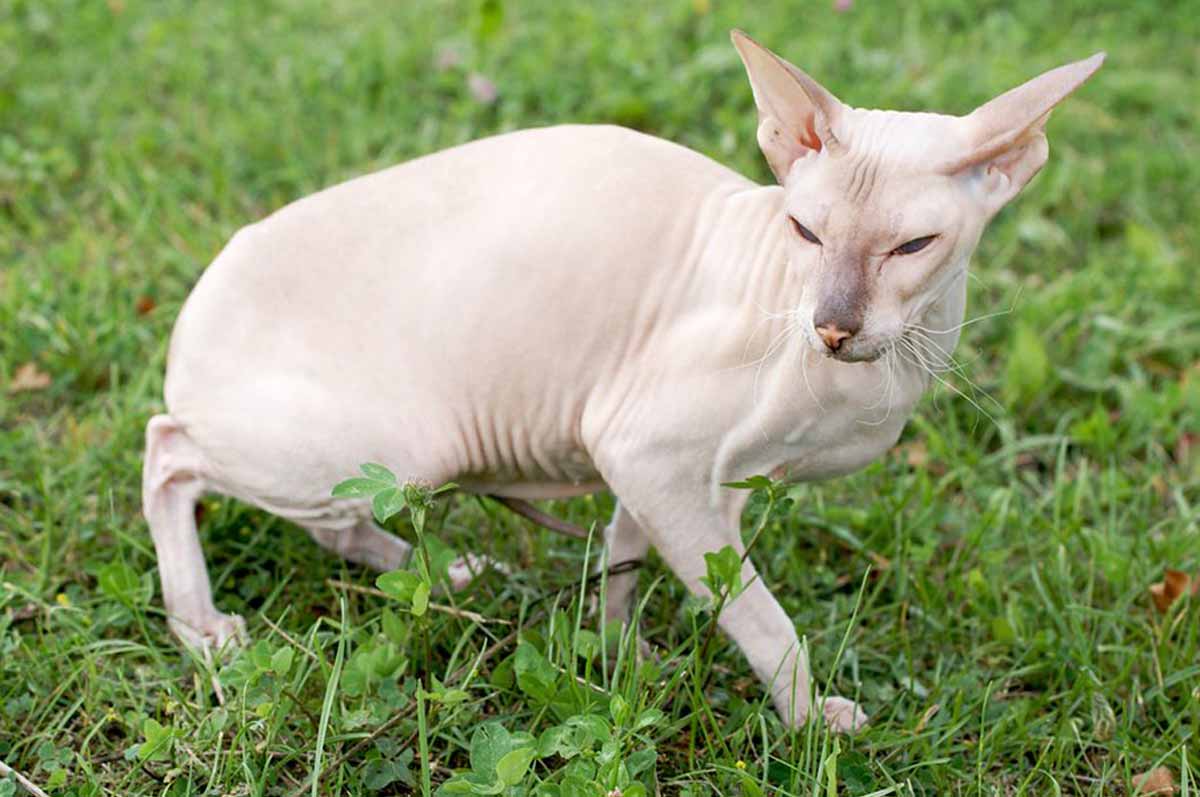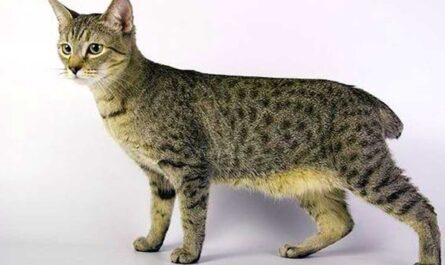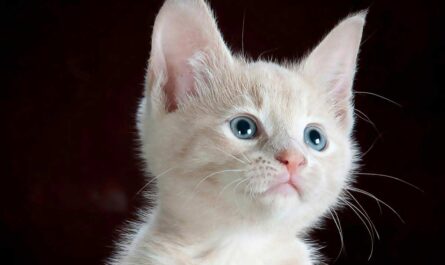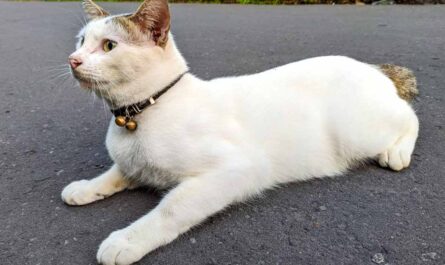Recognizing Signs of Clinginess in Your Feline Companion
Understanding your cat’s behavior is crucial for a harmonious relationship. Clinginess in cats manifests in various ways, often subtly. By paying attention to their actions and demeanor, you can identify if your furry friend is exhibiting signs of clinginess. Here are twelve key indicators to watch out for:
Excessive Need for Attention
Clingy cats tend to demand constant attention from their owners. They may follow you around the house, constantly meowing or rubbing against your legs to get your attention. They may also try to interrupt your activities by jumping onto your lap or pawing at you.
Persistent Vocalization
Some clingy cats express their neediness through excessive vocalization. They may meow loudly and frequently, especially when they feel ignored or left alone. This behavior is their way of seeking reassurance and attention from their human companions.
Overly Affectionate Behavior
Clingy cats often exhibit overly affectionate behavior, such as incessant purring, head-butting, and rubbing against your face or body. They crave physical closeness and seek constant reassurance through touch and affectionate gestures.
Reluctance to be Alone
Clingy cats may show reluctance to be left alone, even for short periods. They may become anxious or distressed when separated from their owners and may try to follow them everywhere they go, including to the bathroom or kitchen.
Separation Anxiety
Some clingy cats suffer from separation anxiety, which can manifest in destructive behavior when left alone. They may scratch furniture, soil the house, or vocalize excessively out of distress. Addressing separation anxiety requires patience and understanding from the owner.
Excessive Grooming
Clingy cats may engage in excessive grooming as a coping mechanism for anxiety or insecurity. They may spend an unusually long time grooming themselves or even lick their owners excessively as a way to seek comfort and reassurance.
Neediness During Sleep
Clingy cats may exhibit clingy behavior even during sleep. They may insist on sleeping near their owners, such as on the bed or beside them on the couch. This behavior reflects their desire for constant companionship and reassurance, even while resting.
Difficulty with Alone Time
Clingy cats may struggle with being alone, even for short periods. They may become restless or anxious when left by themselves and may resort to attention-seeking behaviors to cope with their feelings of loneliness or insecurity.
Unwillingness to Explore
Some clingy cats show little interest in exploring their surroundings independently. They may prefer to stay close to their owners, seeking comfort and security in their presence rather than venturing out on their own.
Overdependence on Owners
Clingy cats may display an overdependence on their owners for emotional support and security. They may become overly attached and reliant on their human companions, seeking constant reassurance and attention to feel safe and content.
Clinginess Towards Other Pets
Clingy cats may exhibit clingy behavior not only towards their owners but also towards other pets in the household. They may follow other animals around, constantly seeking companionship and reassurance from them as well.
Difficulty with Changes in Routine
Clingy cats may struggle to adapt to changes in their routine or environment. They may become stressed or anxious when faced with new situations or when their usual routine is disrupted, seeking extra attention and reassurance from their owners during these times.
The Symphony of Needs: Deciphering Clingy Cat Signals
Does your feline friend follow you around the house like a furry shadow? Do they insist on being the center of attention, demanding cuddles and playtime whenever the mood strikes? While some level of affection is purrfectly normal, excessive neediness can sometimes be a sign of clingy cat behavior. Here’s how to decipher the signals your cat might be sending:
Constant Companionship: The Pursuit of Proximity
Imagine this: You’re trying to get some work done at your desk, but your cat decides your keyboard is the comfiest spot in the house. Or, you head to the bathroom for a moment of peace, only to find your furry supervisor waiting patiently (or impatiently!) at the door. Clingy cats crave constant companionship and may follow you from room to room, seeking your presence wherever you go.
Lap Land: Your lap might become their designated cuddle zone, and any attempt to reclaim your personal space might be met with gentle head-butts or persistent nudges. Solo playtime might hold little appeal for a clingy cat, who would much rather be batting at a toy wand held by your hand or napping right next to you.
Vocalization Overload: The Chorus of Attention Seeking
Sometimes, clingy cats resort to a more melodic (or perhaps not-so-melodic) way of expressing their needs. Excessive meowing, yowling, or even nighttime serenades can be their way of saying, “Hey, over here! Don’t forget about me!” These vocal outbursts might intensify when you’re giving attention to something else, like watching TV or talking on the phone.
Physical Affection Demands: A Love Language in Action
For some clingy cats, physical touch is their primary love language. They might shower you with head-butts, affectionately rub against your legs, or engage in persistent kneading behavior (also known as “making biscuits”). While these gestures are undoubtedly sweet, their constant nature can sometimes feel overwhelming.
Separation Anxiety: When Alone Time Becomes Distressful
Clinginess can sometimes stem from a deeper issue like separation anxiety. Signs like destructive scratching, litter box problems, or hiding when left alone can indicate your cat feels distressed by your absence. If you suspect separation anxiety might be the root cause, consult your veterinarian or a certified animal behaviorist for guidance. How AI, ChatGPT maximizes earnings of many people in minutes
Understanding these signals is the first step towards addressing clingy cat behavior and creating a more harmonious relationship with your feline companion.
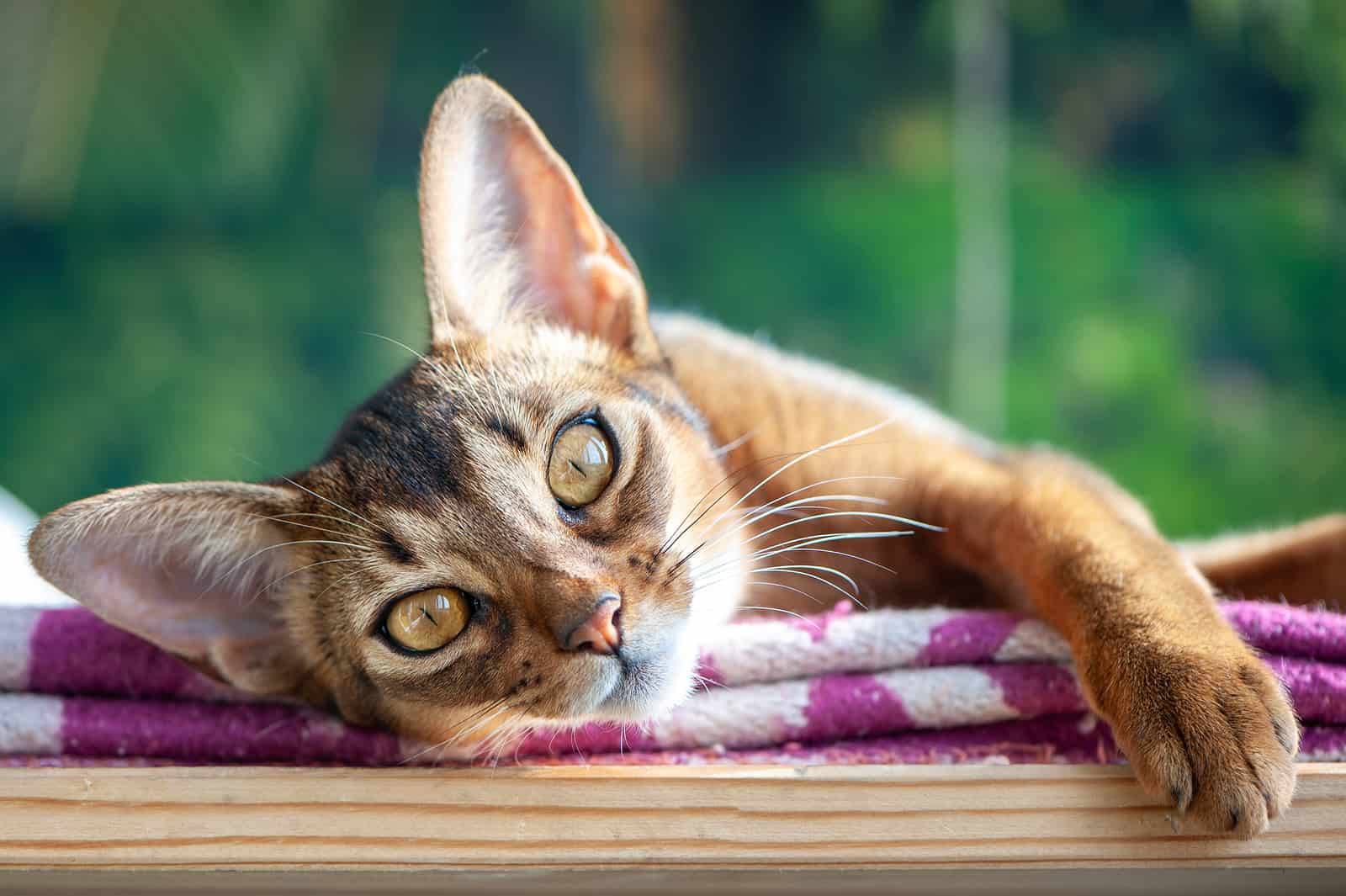
Beyond the Scolding: Gentle Techniques for Managing Clingy Cats
Does your feline friend seem to follow you around the house like a furry shadow? Do they meow incessantly for attention, drape themselves across your keyboard while you work, or insist on joining you in the bathroom? While this constant companionship can be endearing at times, for some cat owners, it can become overwhelming. The good news is, that there are gentle and effective ways to manage clingy cat behavior, fostering a more independent and content feline companion. Motivation – Mind – Success – Thinking – Productivity – Happiness
Environmental Enrichment: A World of Stimulation
Cats are naturally curious and playful creatures. When they lack mental and physical stimulation, they might turn to their humans for entertainment. To combat clinginess, create a stimulating environment that caters to your cat’s instincts.
- Vertical Adventures: Cats love to climb and perch. Provide them with cat trees, shelves mounted on the wall, or scratching posts that allow them to survey their domain from above.
- Interactive Toy Time: Invest in a variety of engaging toys that encourage your cat to play independently. Wand toys that mimic prey movement, puzzle feeders that dispense treats, and even catnip-filled toys can keep them occupied for extended periods.
- Rotate the Fun: Cats can get bored with the same toys over time. Regularly rotate their toy selection to pique their interest and encourage them to explore different textures and play patterns.
By providing a stimulating environment, you’ll give your cat a healthy outlet for their energy and curiosity, reducing their reliance on you for constant entertainment. Business – Money Making – Marketing – E-commerce
Scheduled Attention Sessions: Quality Time Counts
While we may not always be available to shower our cats with attention, dedicated playtime sessions are crucial for building a strong bond and managing clinginess.
- Unleash the Inner Hunter: Set aside specific times each day for interactive play using wand toys, laser pointers (used responsibly to avoid frustration), or even interactive puzzles that dispense treats. Mimic the movements of prey to encourage your cat’s natural hunting instincts.
- Short and Sweet Sessions: Multiple short, high-energy play sessions throughout the day are more effective than one long, drawn-out session. Aim for 10-15 minutes of focused playtime, two to three times a day. This will leave your cat feeling happy, stimulated, and less likely to demand attention at other times.
Remember, play sessions should be a positive experience for both you and your cat. Keep the energy level high, offer praise and encouragement, and end the session while your cat is still engaged and wanting more. Health books, guides, exercises, habits, Diets, and more
Positive Reinforcement: Rewarding the Right Behavior
Cats are smart creatures who thrive on positive reinforcement. Instead of scolding your cat for clingy behavior, focus on rewarding calm and independent behavior.
- Praise Makes Purrfect: When your cat is content and playing on their own, offer verbal praise in a gentle and soothing voice. A simple “good kitty” or “that’s a good play” can go a long way in reinforcing this desirable behavior.
- Treat Time for Tranquility: Keep a small stash of treats handy. When your cat is calmly lounging or exploring independently, reward them with a small treat. This positive association helps them understand that calmness leads to good things.
- Petting with a Purpose: While excessive petting can fuel clinginess, gentle petting and stroking during calm moments can be a great way to bond with your cat. However, avoid petting them when they’re exhibiting clingy behavior like meowing or rubbing against your legs. This can inadvertently reward the unwanted behavior.
By focusing on positive reinforcement, you’ll encourage your cat to develop independent behaviors and reduce their reliance on constant attention-seeking. Fitness – Meditation – Diet – Weight Loss – Healthy Living – Yoga
Gradual Desensitization: Building Confidence with Alone Time
If your cat struggles with being alone, introducing them to short periods of solitude in a positive way can be helpful.
- Start Small: Begin with brief absences, like stepping outside to check the mail or taking a quick bathroom break. Leave a radio or TV on low volume to provide background noise and create a sense of normalcy.
- Reward Calm Returns: Upon returning home, resist the urge to greet your cat with excessive attention right away. Instead, wait for them to approach you calmly before offering praise or petting. This helps them understand that being alone is not a negative experience.
- Gradually Increase Duration: As your cat adjusts to short absences, gradually increase the duration of time you’re away. Make sure they have access to food, water, a litter box, and their favorite toys during these periods. Cat accessories on Amazon
With consistent practice and positive reinforcement, your cat will learn to be more comfortable spending time alone, reducing their clinginess when you’re present.
Addressing Underlying Issues: When to Seek Professional Help
In some cases, clingy behavior in cats can be a sign of an underlying medical condition or anxiety that requires veterinary attention. Here’s when it’s best to consult your veterinarian:
- Sudden Onset of Clinginess: If your previously independent cat develops clinginess seemingly out of the blue, it’s important to rule out any medical causes.
- Changes in Behavior: Accompanying signs like decreased appetite, lethargy, inappropriate urination or elimination outside the litter box, or vocalization changes can indicate a health issue.
- Anxiety-Related Clinginess: Sometimes, clinginess can stem from anxiety caused by environmental changes, new pets in the household, or loud noises. Your veterinarian can help identify the cause of anxiety and recommend treatment options.
Remember, your veterinarian is your partner in ensuring your cat’s well-being. Don’t hesitate to schedule an appointment if you’re concerned about your cat’s clinginess or suspect an underlying medical issue. RPM 3.0 – 60% CONVERSION & Money for Affiliate Marketing
Living with a Clingy Cat: Finding Harmony
By implementing the techniques discussed above, creating a stimulating environment, providing positive reinforcement, and gradually introducing them to alone time, you can effectively manage your cat’s clingy behavior. Remember, patience, consistency, and positive reinforcement are key. With a little effort, you can develop a strong bond with your feline companion while fostering their independence and reducing unwanted clinginess.
Additional Resources:
- The American Society for the Prevention of Cruelty to Animals (ASPCA): https://www.aspca.org/
- The International Cat Care Organization: https://www.tica.org/
